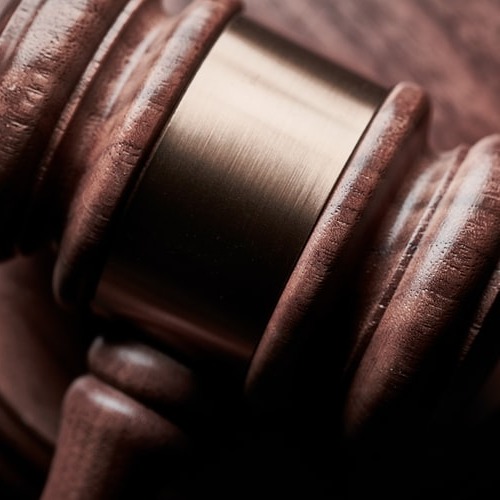
Construction Defect Litigation: Hiring an Expert Witness
[fa icon="calendar'] May 11, 2021 9:00:00 AM / by Mark McGivern, CSI, Aff. M. ASCE
Great expert witnesses are a critical part of a construction defect litigation team from start to finish. They can make or break your case, so it is critical to work with an expert who understands the technical side of the case and who can communicate clearly and objectively with all parties involved.
Read More [fa icon="long-arrow-right"]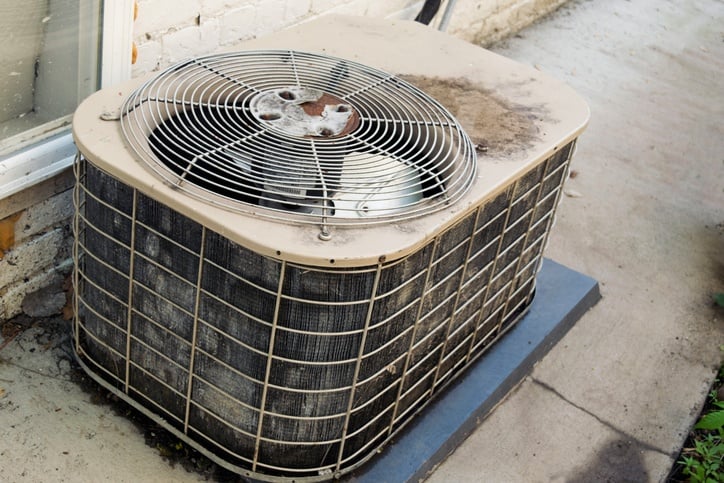
The Connection between Air Conditioning Systems and Mold
[fa icon="calendar'] Apr 25, 2018 2:00:00 PM / by Dudley Smith, PE, CEM
Mold spores are everywhere in the outdoor and indoor environment as a natural part of our world and they cannot be eliminated. Certain conditions are necessary for the growth and proliferation of molds into a problem area within a building. Controlling indoor moisture and humidity levels are key to controlling indoor mold growth. Air conditioning equipment and duct systems are very common locations for the development and amplification of mold in commercial properties. Property owners and managers need to be vigilant in inspecting and maintaining these systems, to minimize the frequency and magnitude of any exposures to occupants from hidden sources of mold.

Everything Leaks: Testing & diagnosing roofing leaks
[fa icon="calendar'] Feb 15, 2018 11:00:00 AM / by Clark Griffith, AIA
Most roofs are not watertight all the time. Roofing systems, both low-sloped (flat) and pitched, will most likely eventually spring a leak, even with the proper recommended maintenance and inspections. But what about newly installed low-sloped roofs, can one expect those to be watertight? Typically, on a newly constructed building, any minor leaks that turn up during construction can be dealt with immediately by the installer. Also, newly installed roofs on new and old buildings will undergo inspections and sometimes specified testing of seams and components for issuance of the manufacturer’s and installer’s warranty of water tightness for a specified period of time. However, ensuring that your newly installed roof is absolutely watertight becomes more critical if it is being covered by rock ballast or a landscaped greenspace or if the roof protects valuable artwork or irreplaceable property. Determining the location, origin, and extent of wet substrates is also critical for existing buildings when trying to determine if repair or complete replacement is more appropriate.
Read More [fa icon="long-arrow-right"]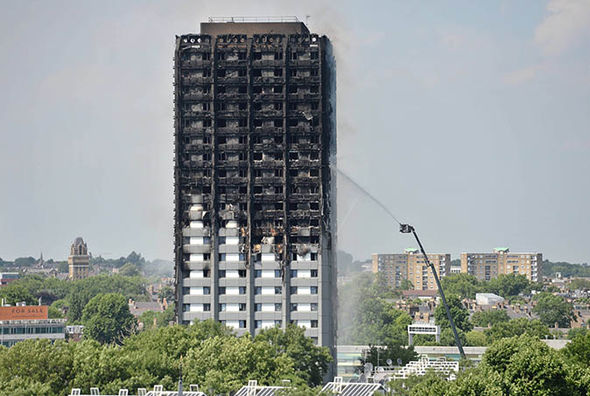
Built to burn: Thousands of buildings worldwide are wrapped in combustible panels
[fa icon="calendar'] Jan 4, 2018 11:00:00 AM / by Clark Griffith, AIA
A high school in Alaska, a National Football League stadium, a Baltimore high-rise hotel and a Dallas airport terminal are among thousands of structures world-wide covered in combustible-core panels similar to those that burned in June's deadly London fire.
Read More [fa icon="long-arrow-right"]
Mold in walls after a hurricane or flooding
[fa icon="calendar'] Oct 19, 2017 4:00:00 PM / by Robert Pfeifer, AIA
Excessive growth of mold can destroy building materials and also cause health problems.
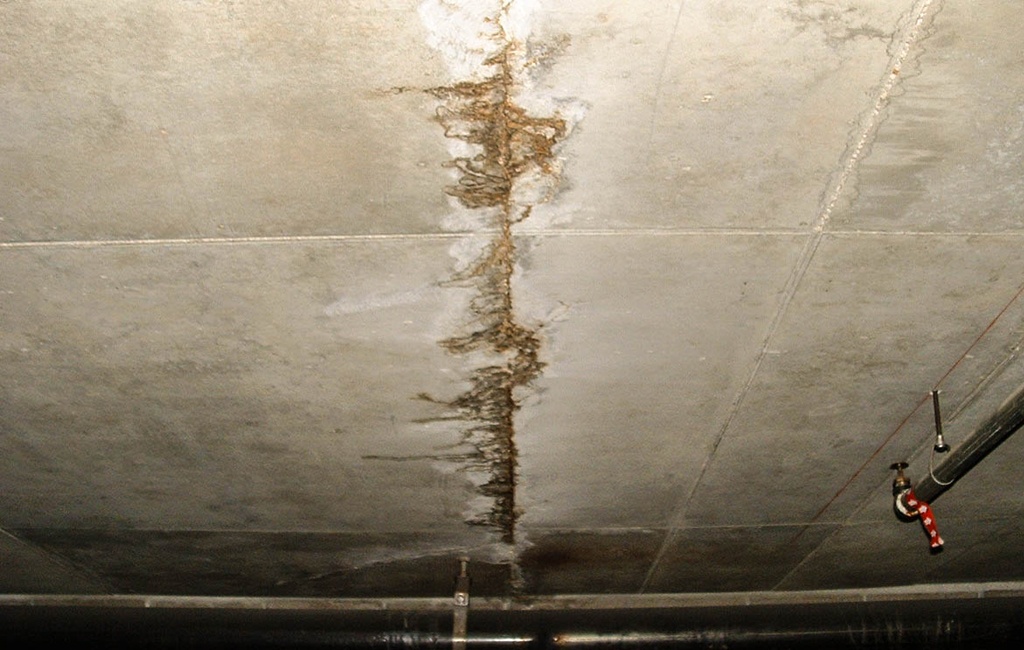
Water Damage During Construction
[fa icon="calendar'] Oct 11, 2017 3:55:00 PM / by Robert Pfeifer, AIA

Mold Within City Buildings: A Common & Growing Issue Part 3
[fa icon="calendar'] Aug 1, 2017 2:58:00 PM / by Morris Yarjovski, CCPM, CCI
Part three of a three part series
As I hinted to in an earlier post, reducing the number of mold cases in both new and older buildings will require a multi-prong approach. First, we must consider the construction process when evaluating the strategies that might be used to combat mold in our structures. Then, the building’s envelope design; and finally, the materials chosen.
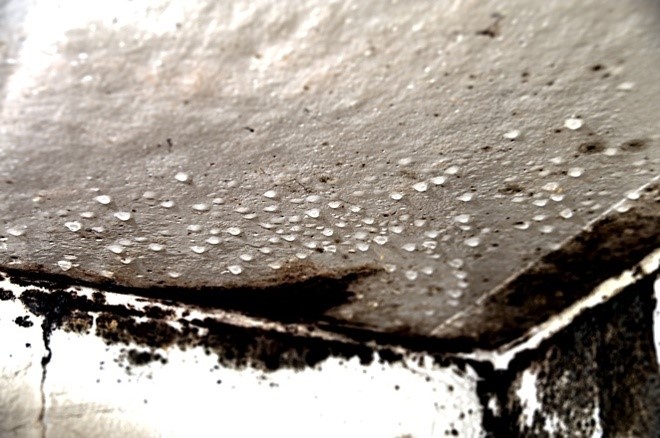
Mold Within City Buildings: A Common & Growing Issue Part 2
[fa icon="calendar'] Jul 20, 2017 2:52:00 PM / by Morris Yarjovski, CCPM, CCI
Part two of a three part series
In older buildings, the facility needs to be reviewed diagnostically. By that, I mean, the structure needs to be analyzed for what may be producing a problem, and not just from what can be designed better. In other words, we need to observe the sources that contribute to the growth of mold within the aging structure.
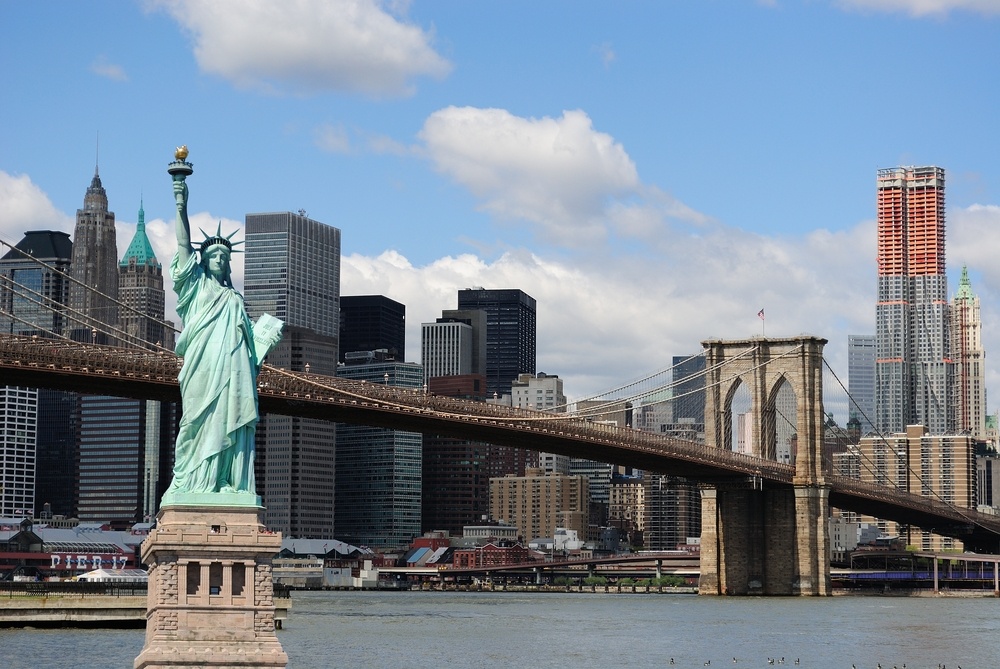
Mold Within City Buildings: A Common & Growing Issue
[fa icon="calendar'] Jun 20, 2017 7:48:22 AM / by Morris Yarjovski, CCPM, CCI
Part one of a three part series
If one was to do a random inspection for mold in a large city, like New York City, the likelihood of encountering it would be relatively high.
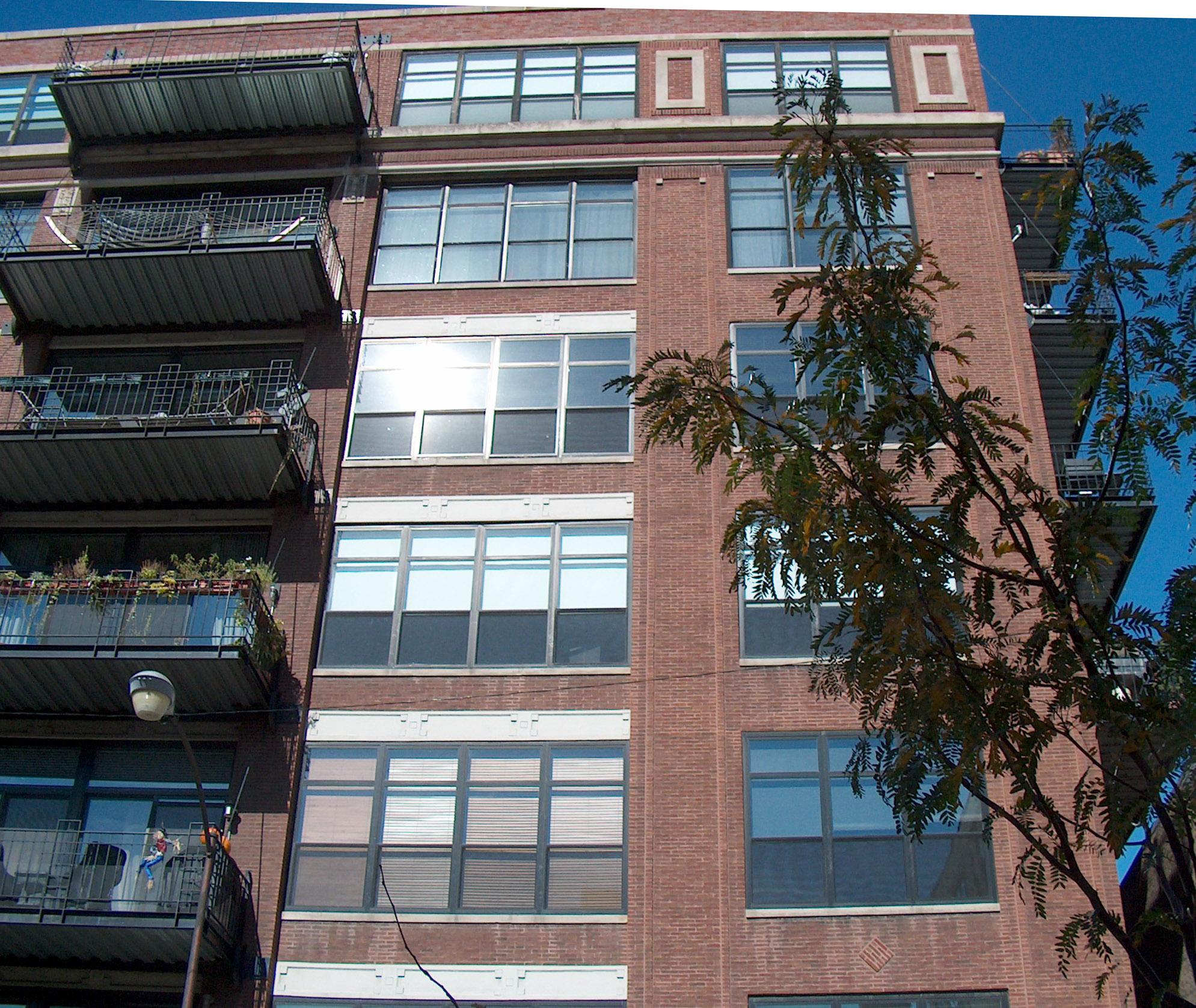
California passes new laws following Berkeley tragedy
[fa icon="calendar'] Sep 20, 2016 8:22:00 AM / by Adrienne K. Paskind, AIA
Berkeley took center stage in June 2015 when six students died tragically and another seven were injured after a balcony on which they were standing on collapsed.
As a result, the California Senate has passed a new law for the construction industry traced back to Berkeley balcony collapse. The bill was passed after a unanimous vote or 37-0 and is intended to close those accountability gaps by bringing stricter oversight to the construction industry.
Read More [fa icon="long-arrow-right"]
